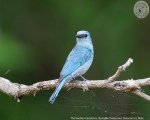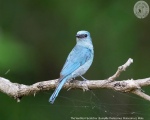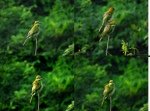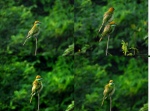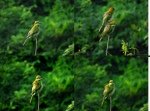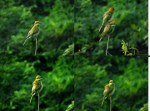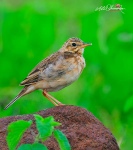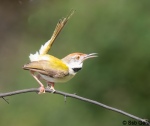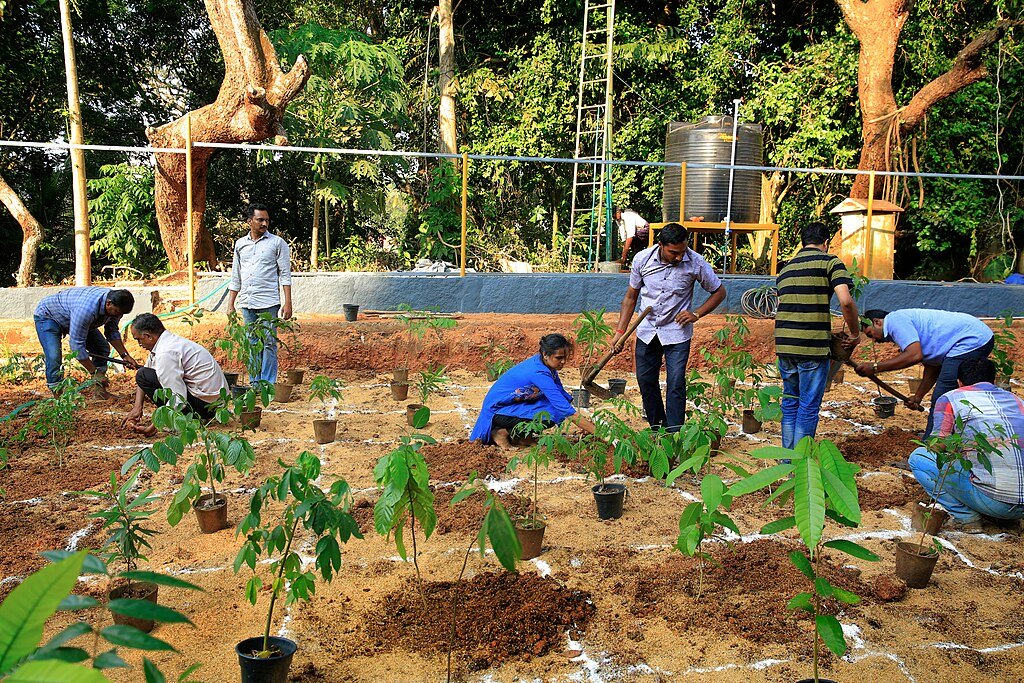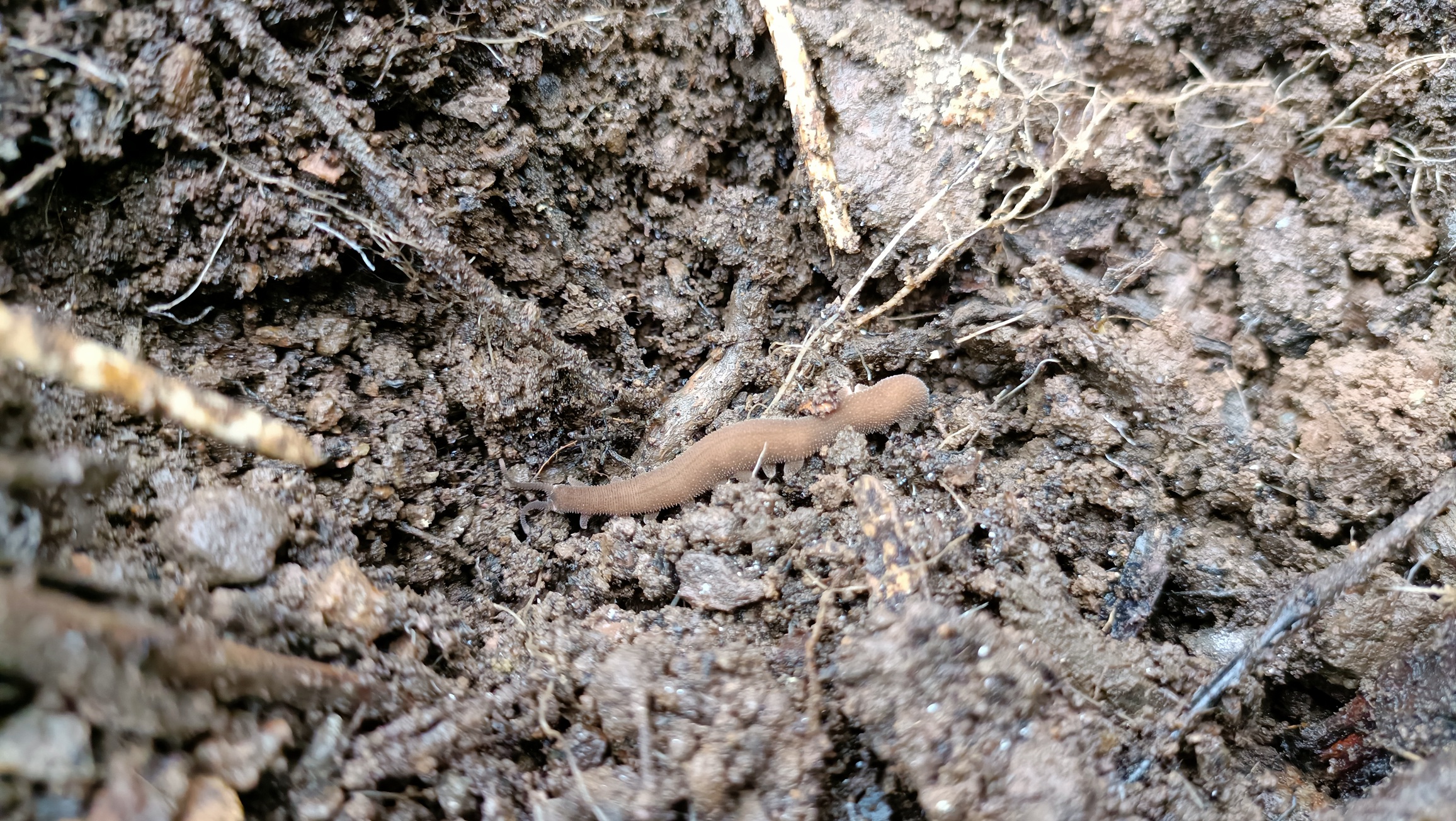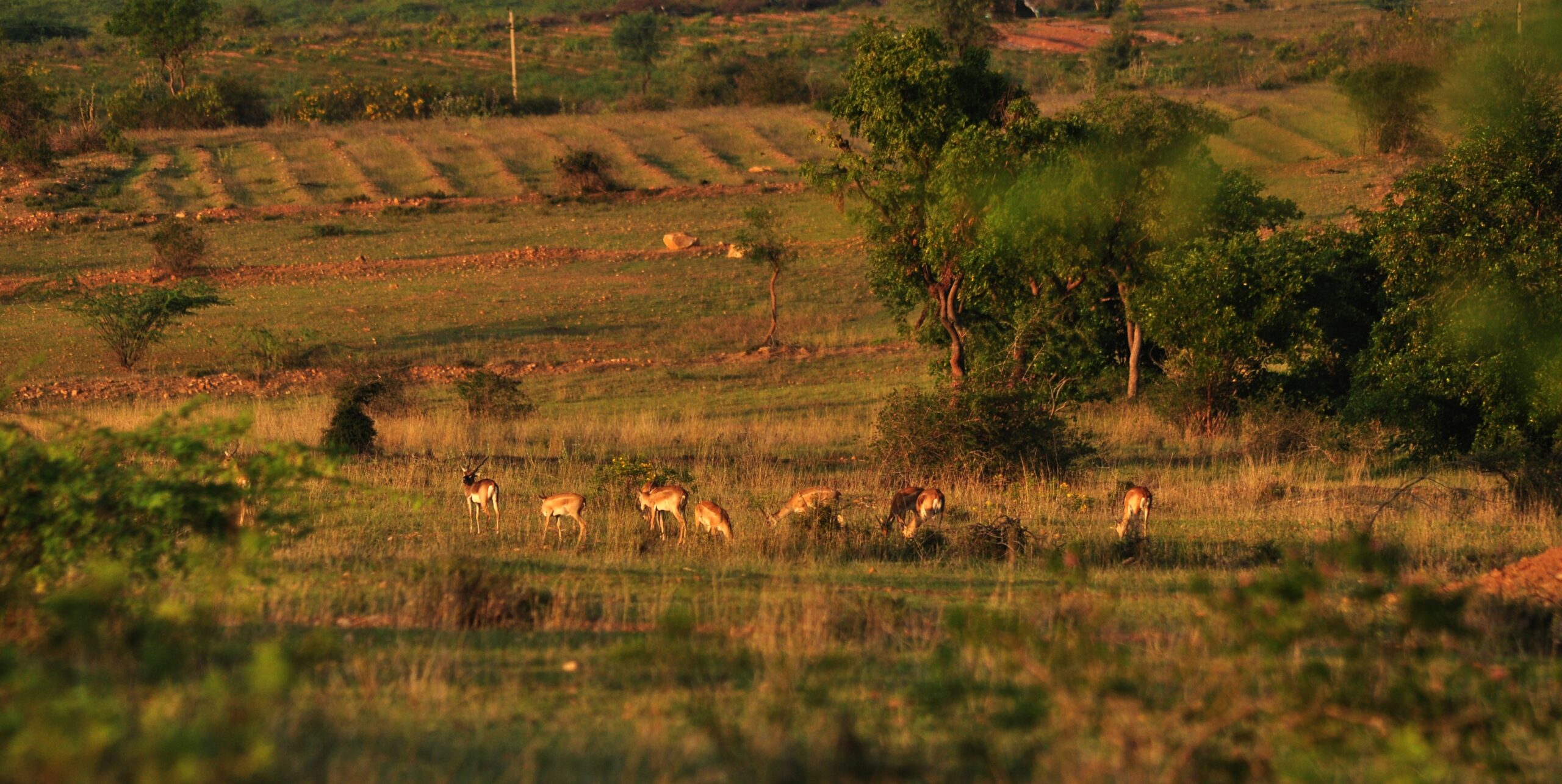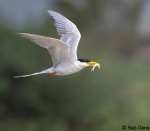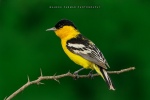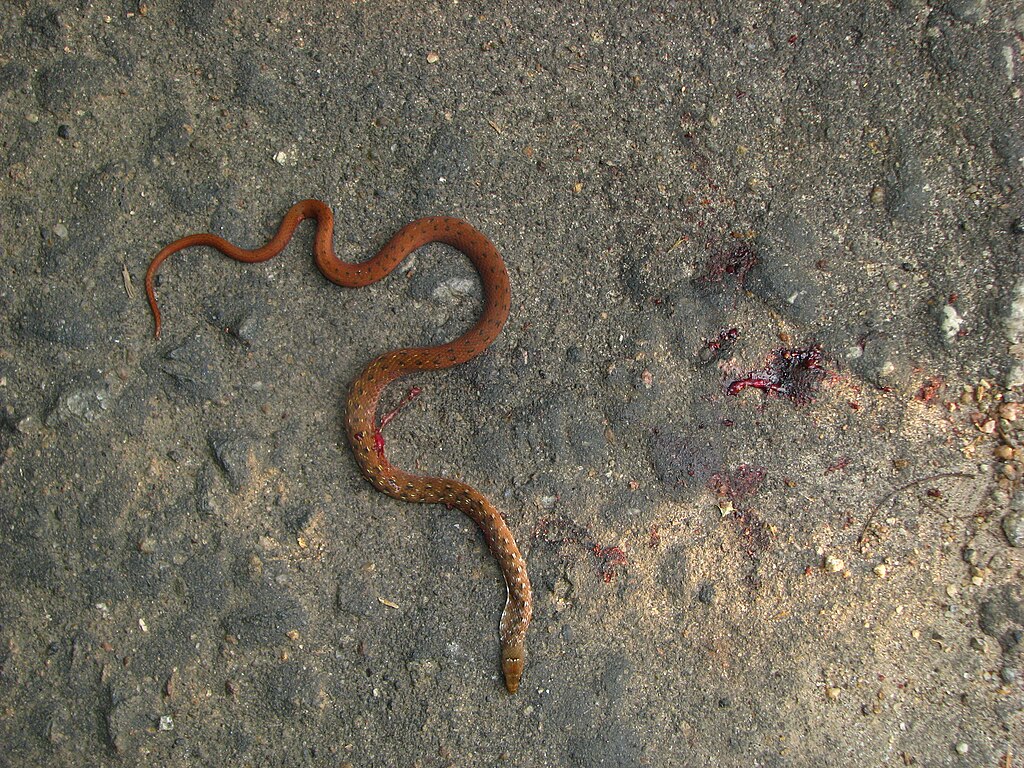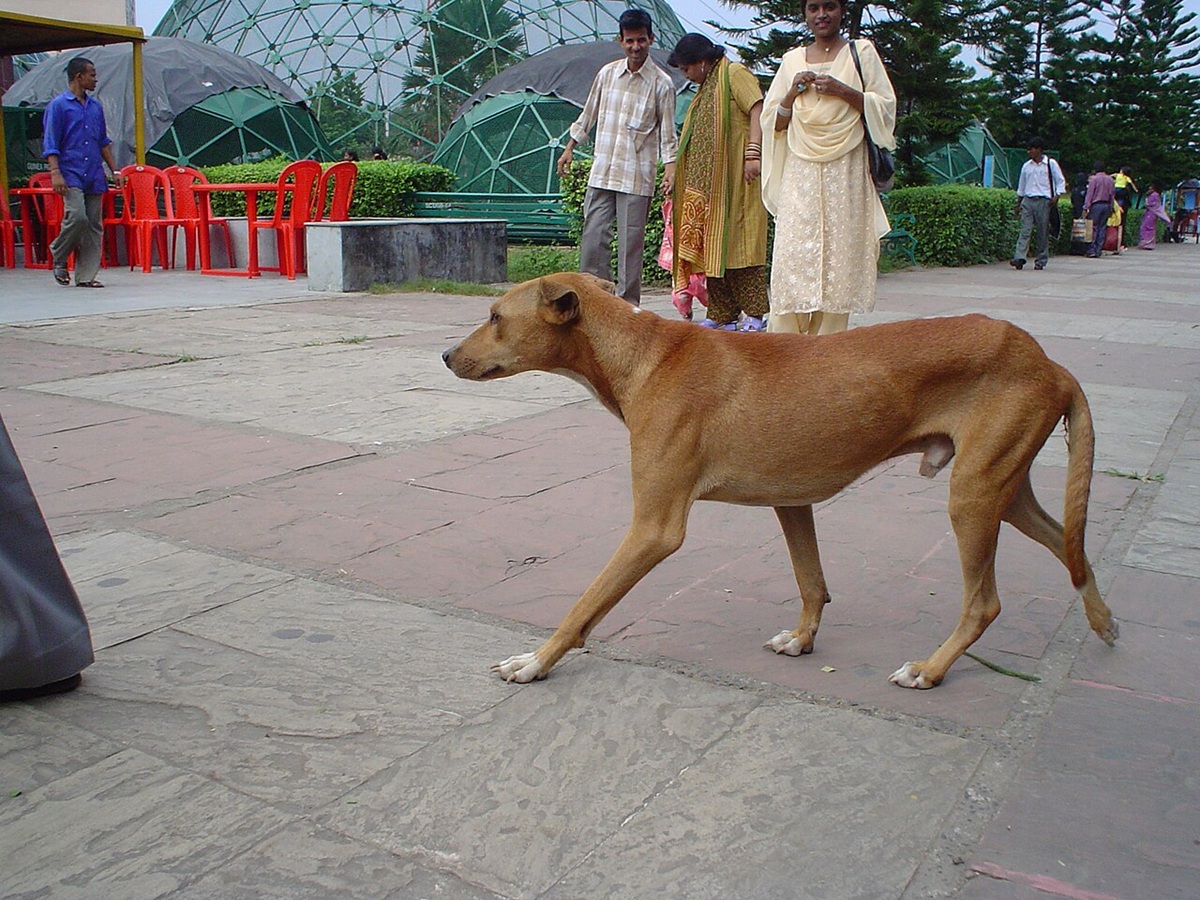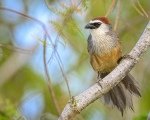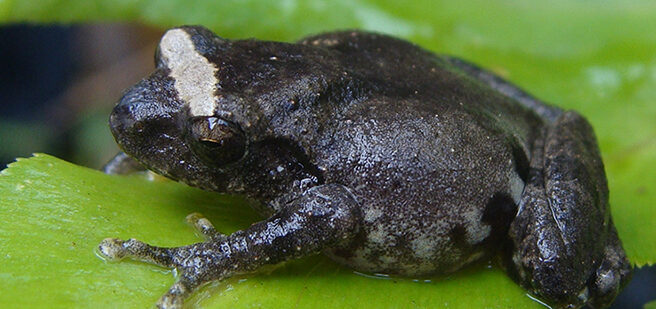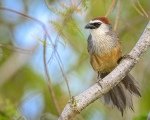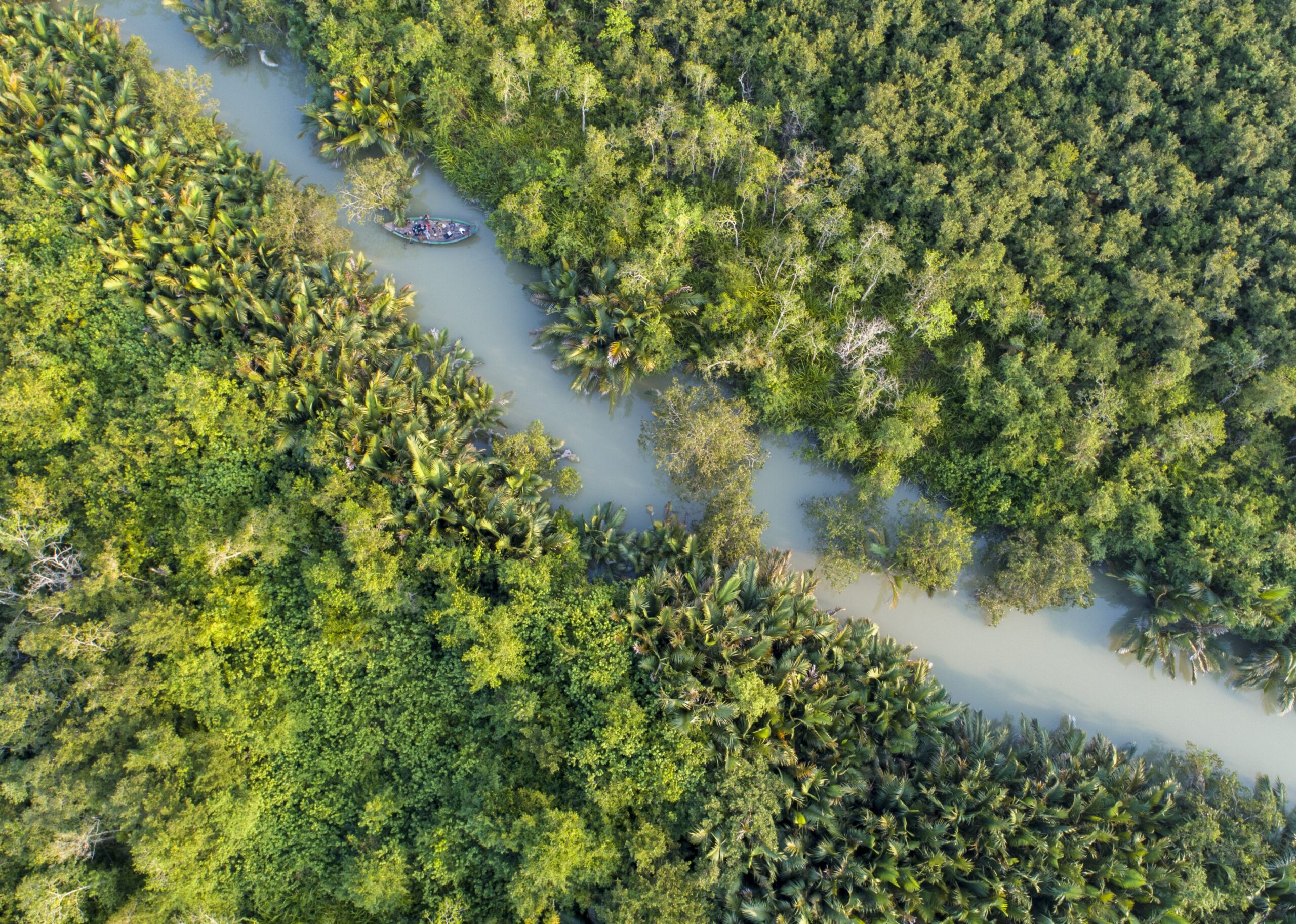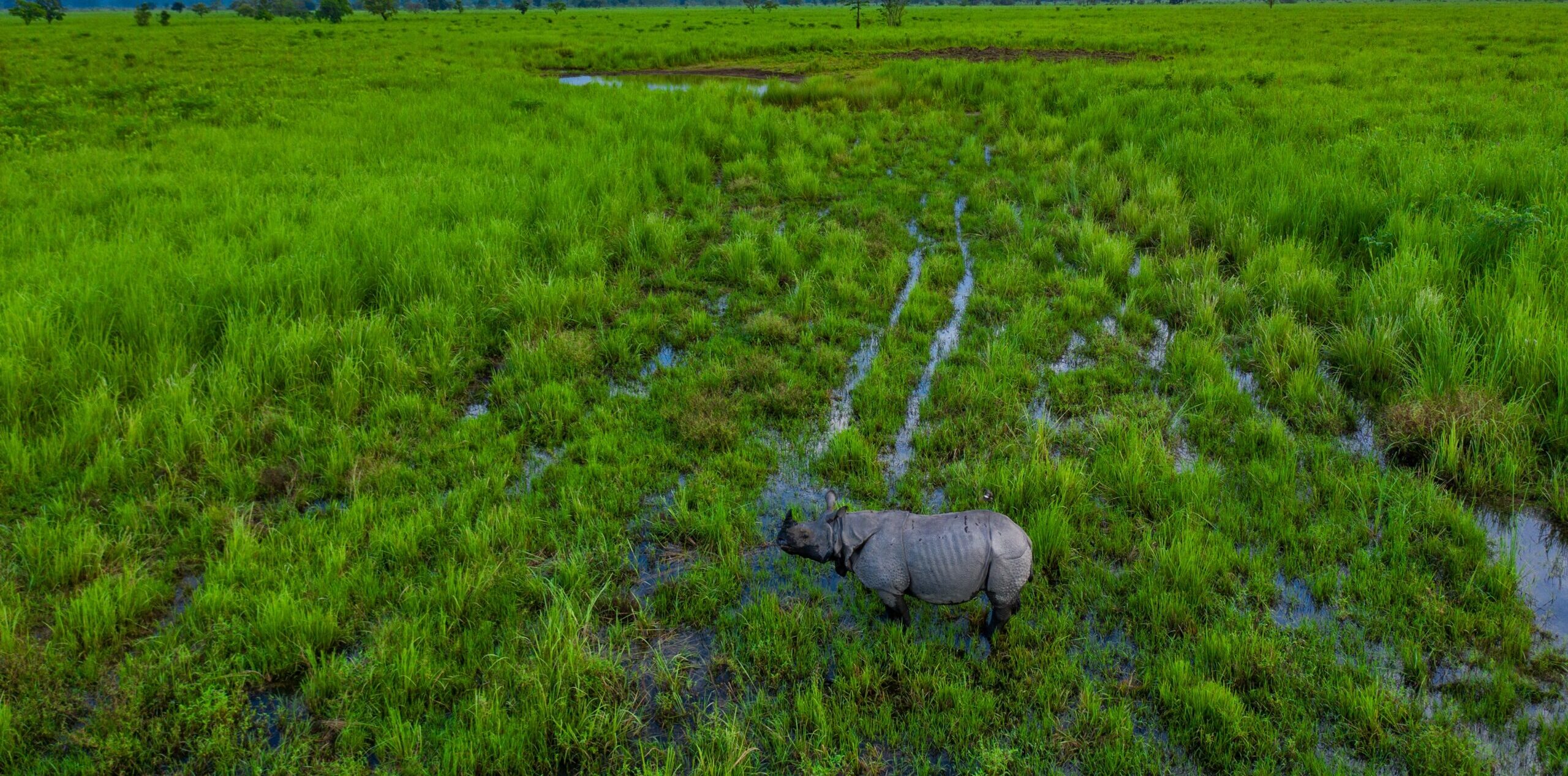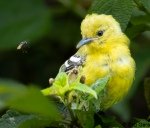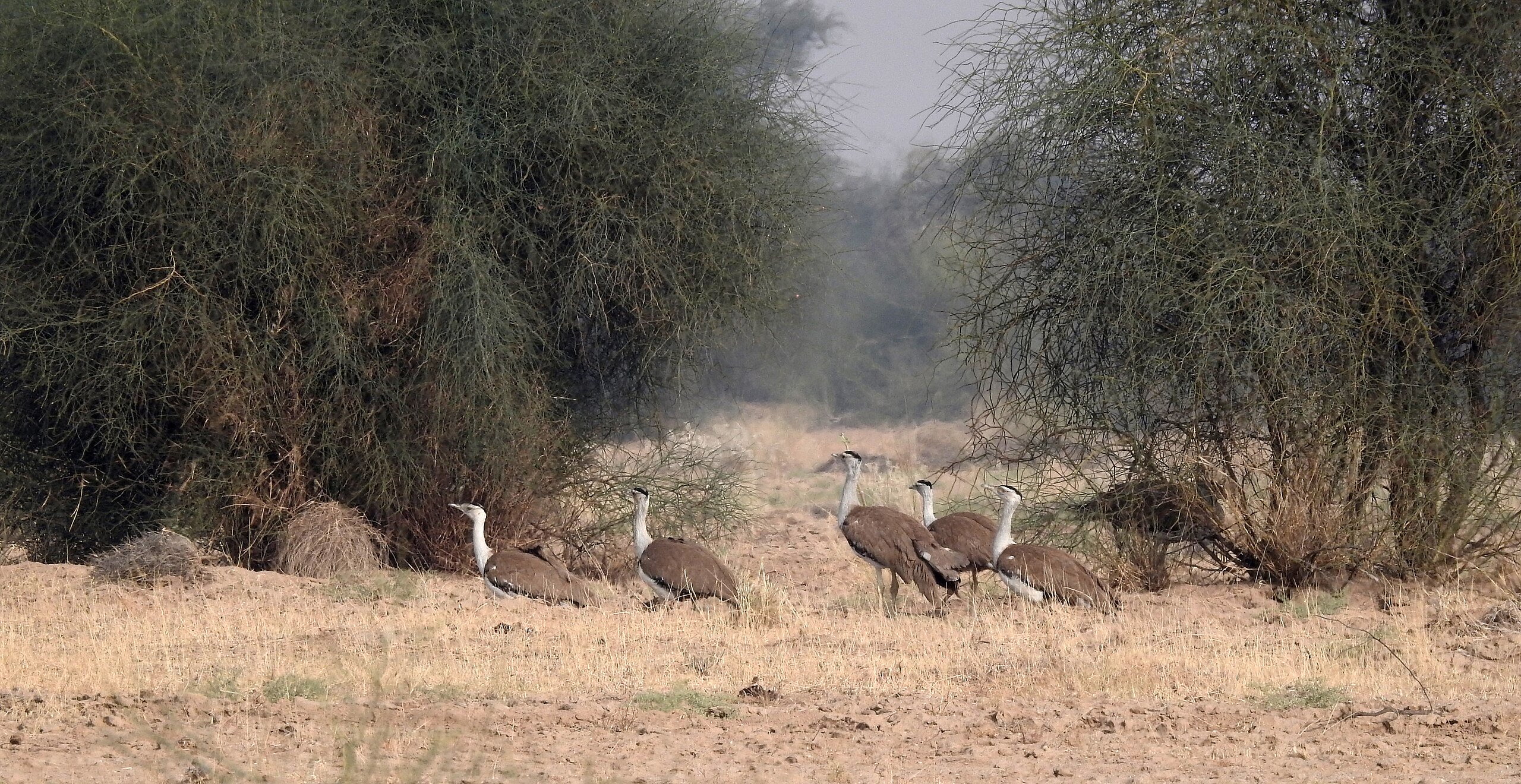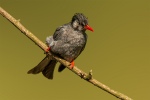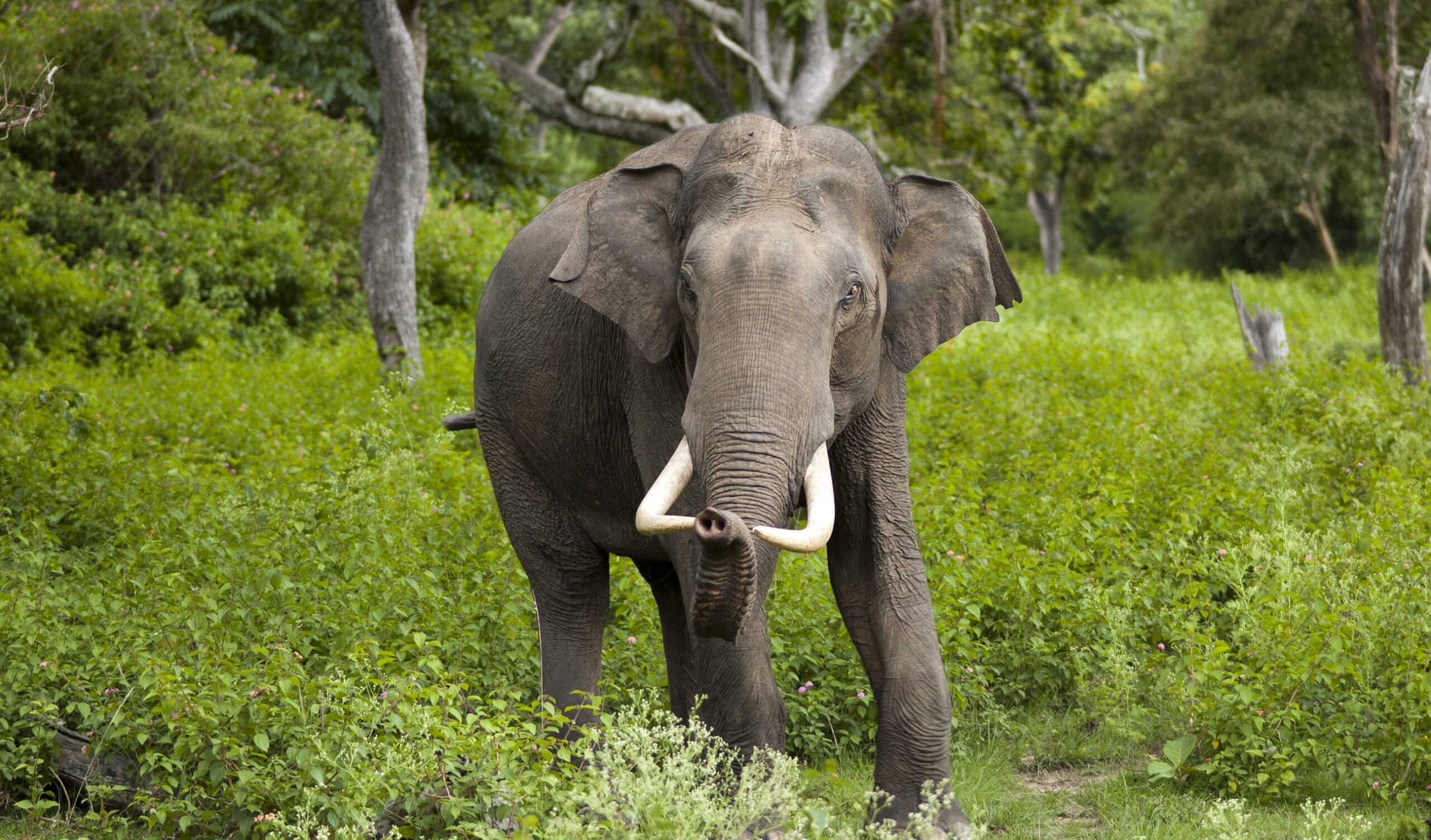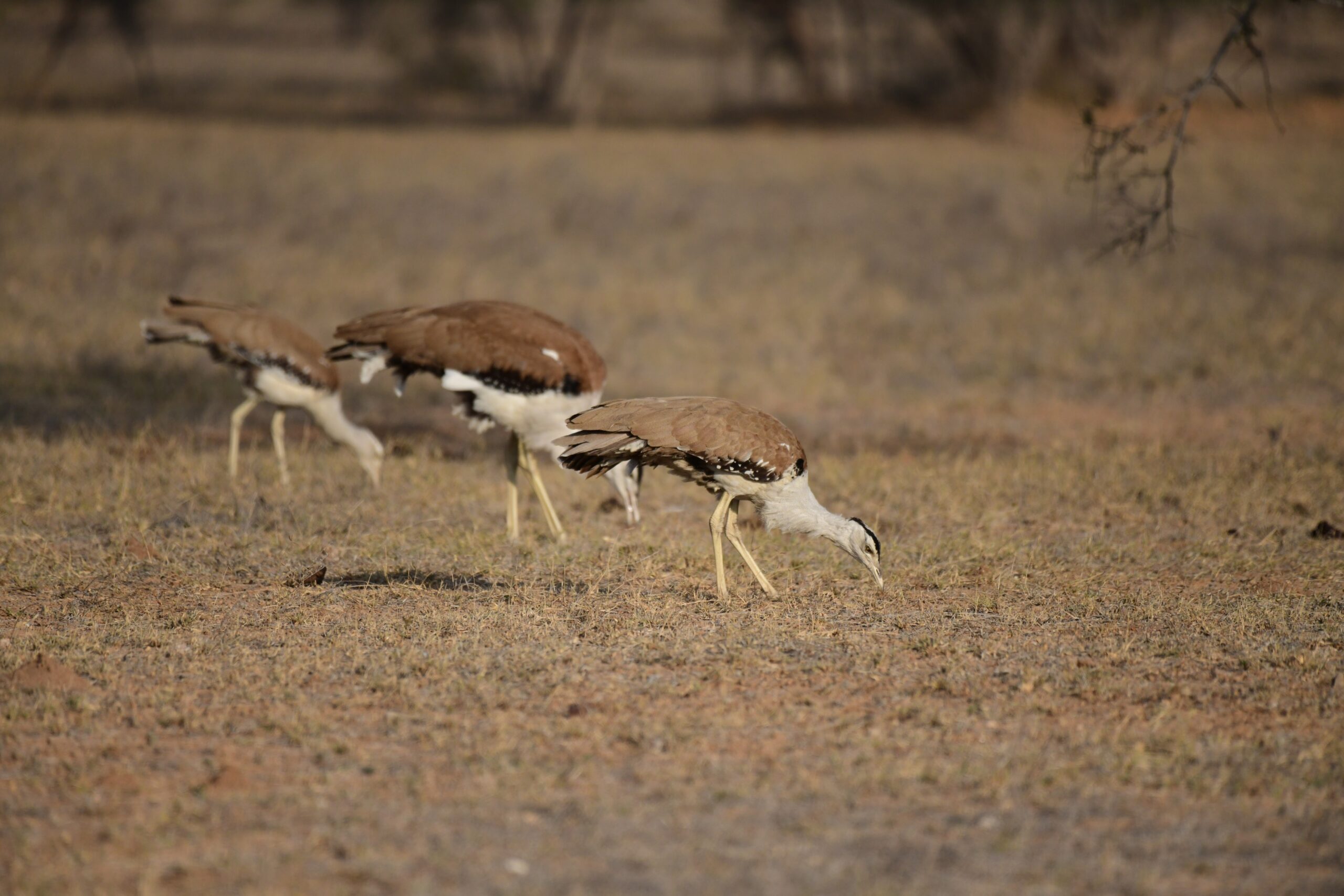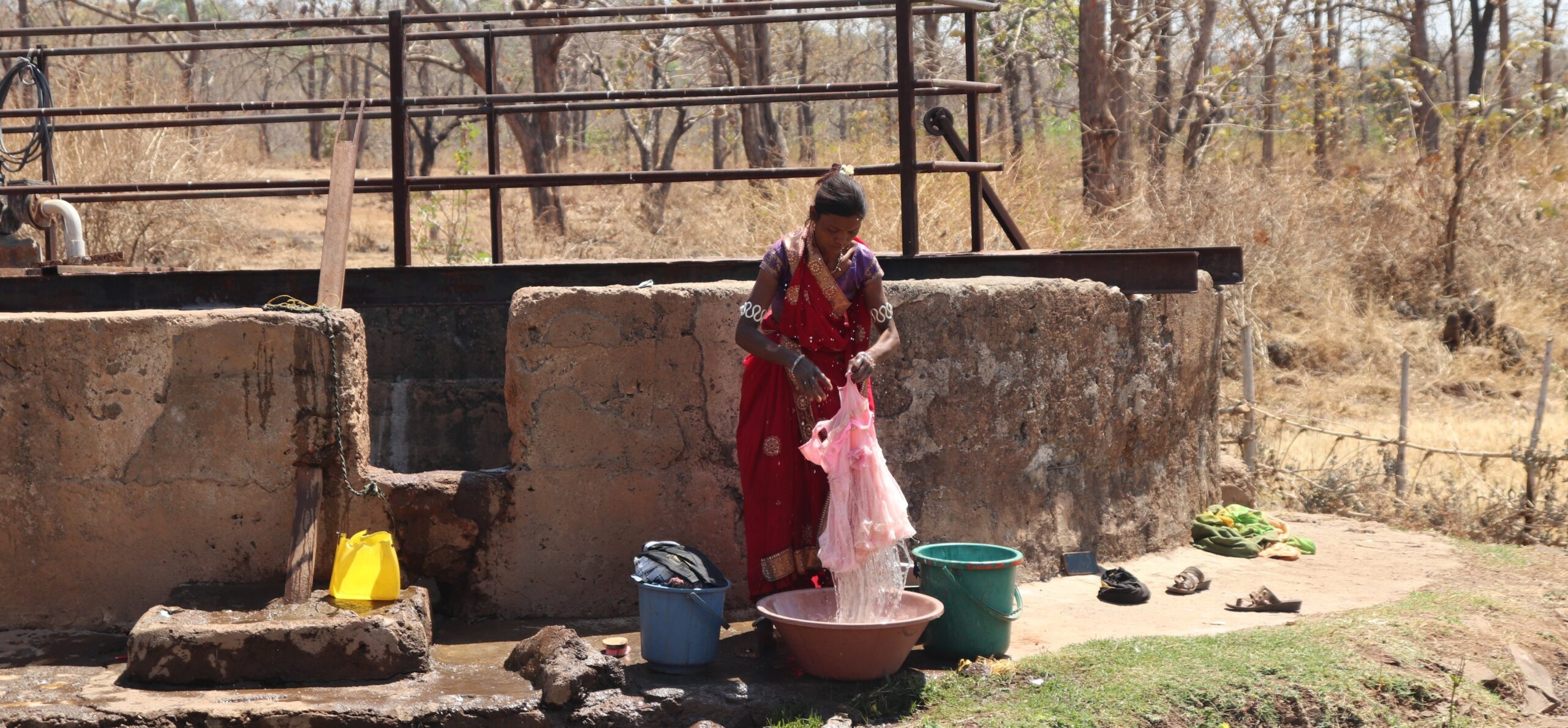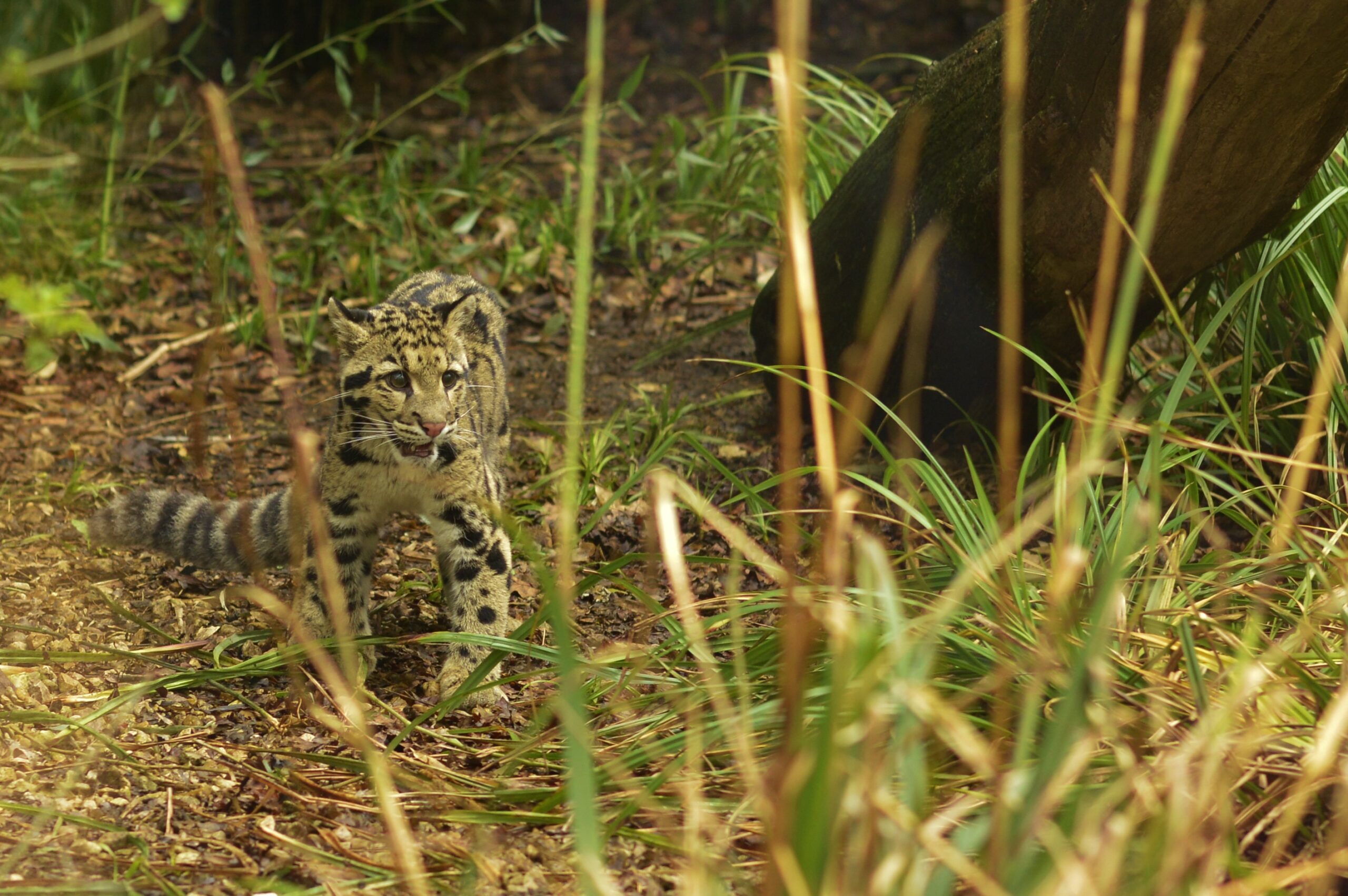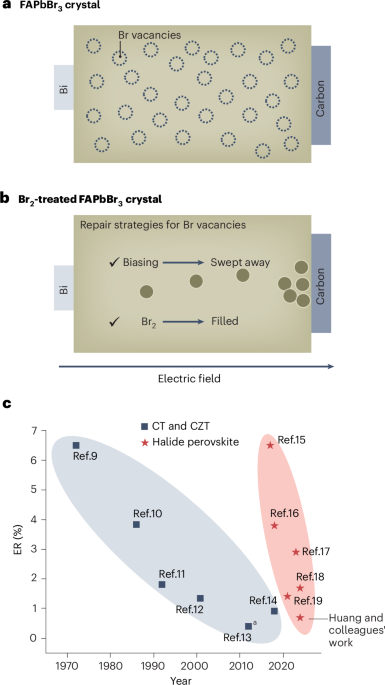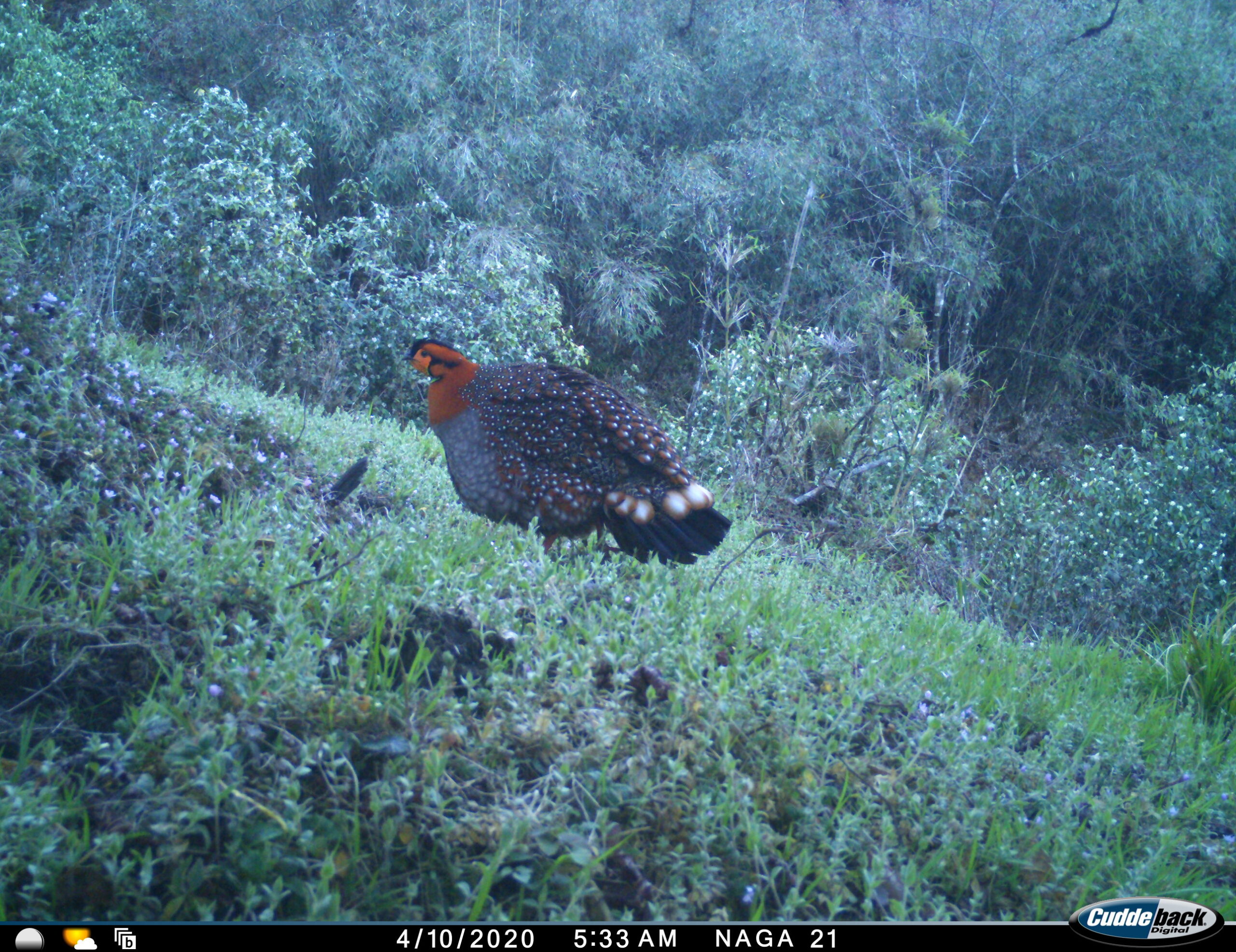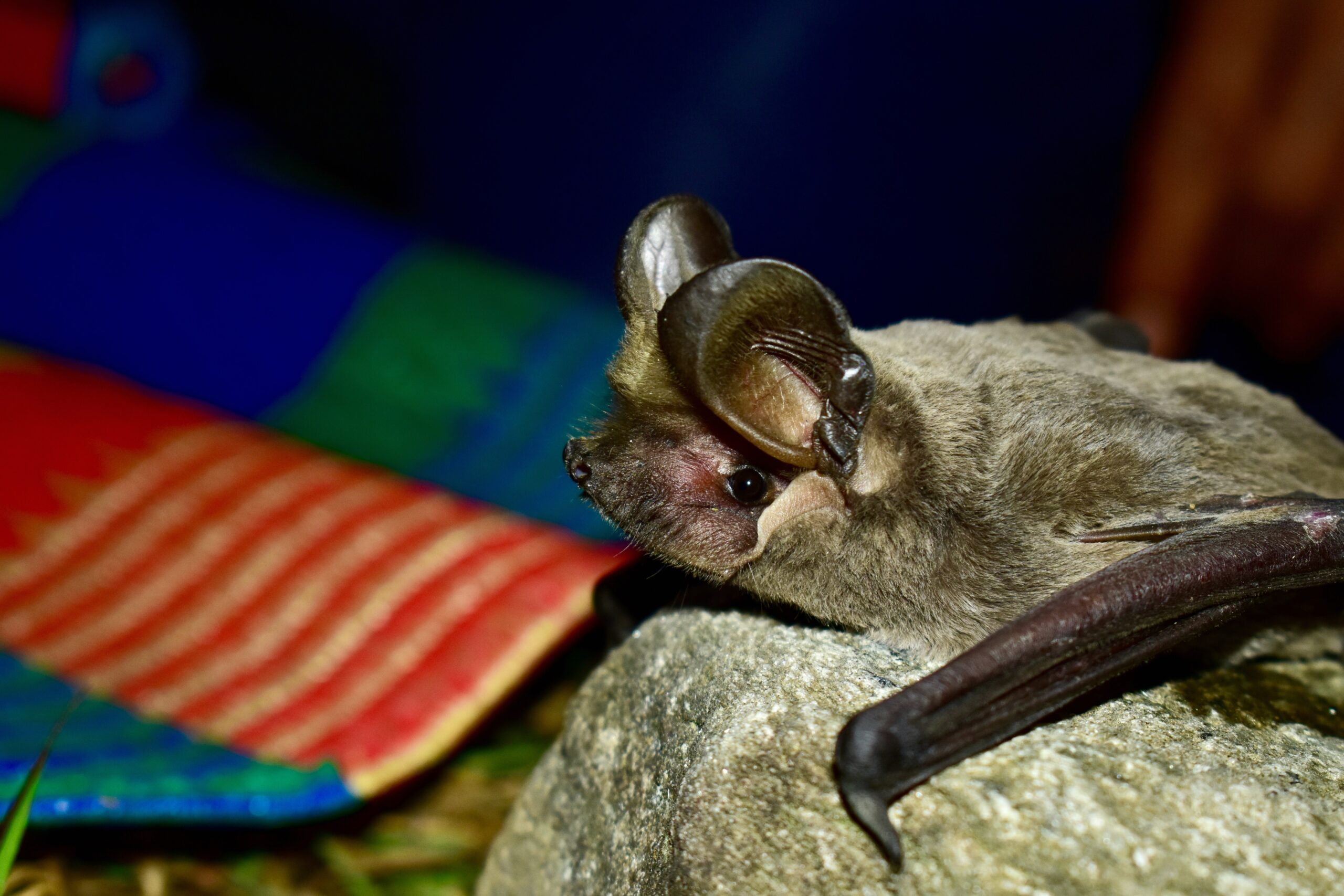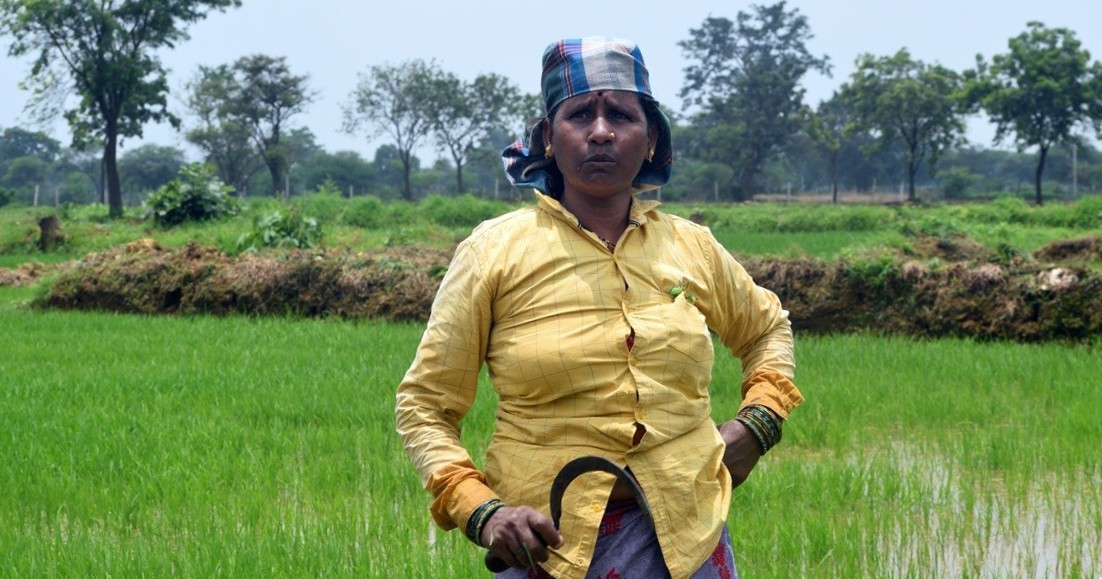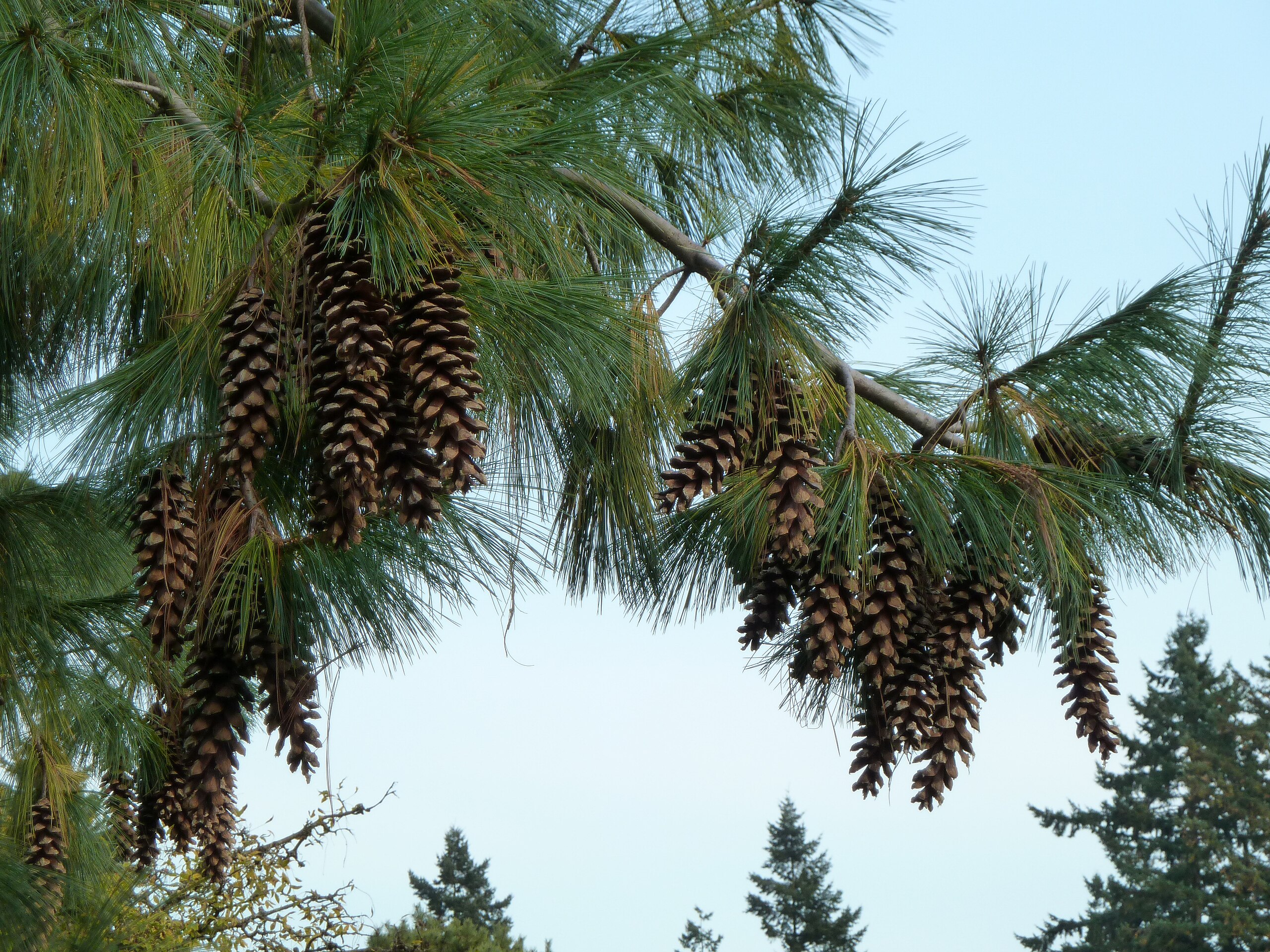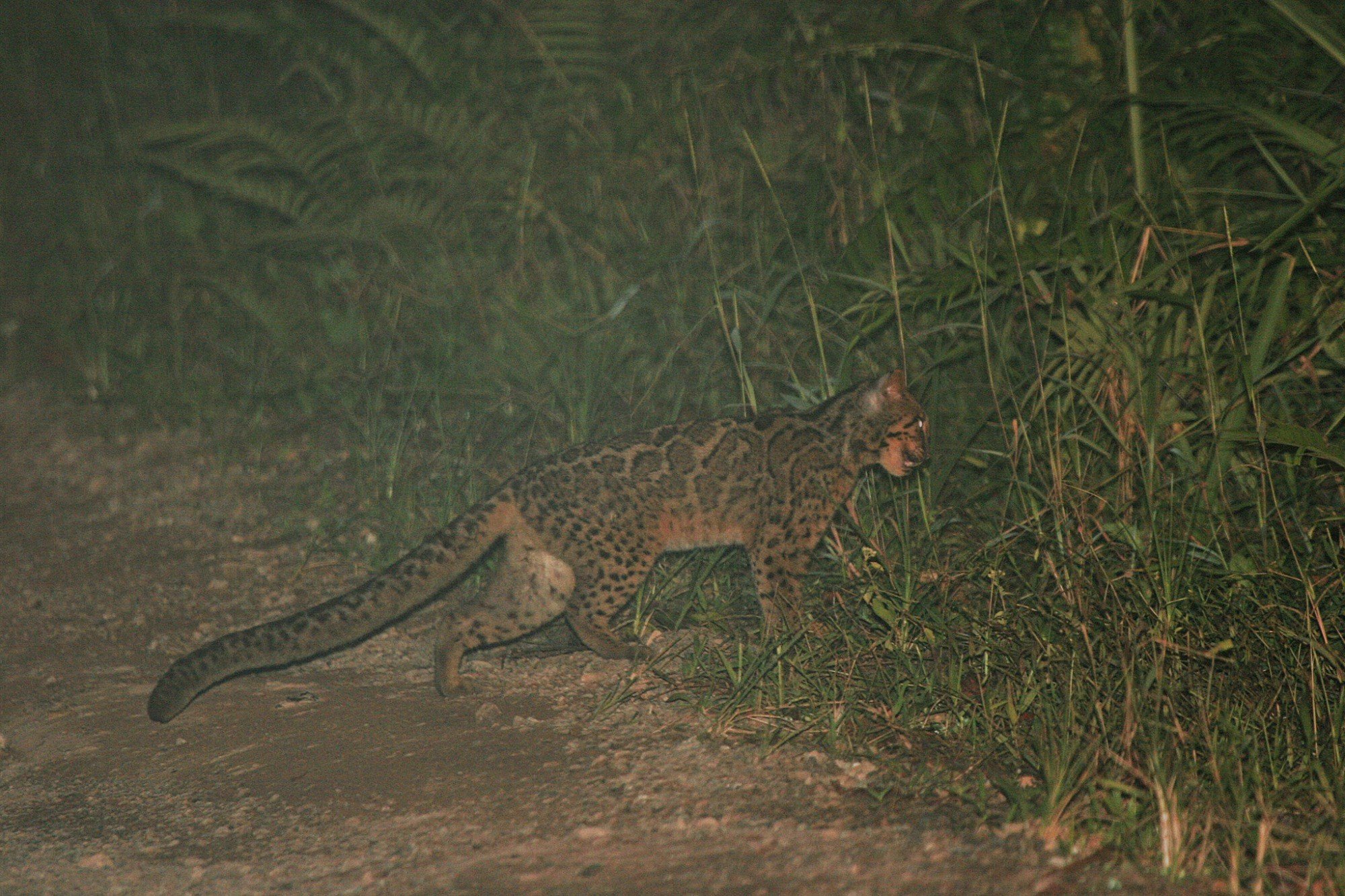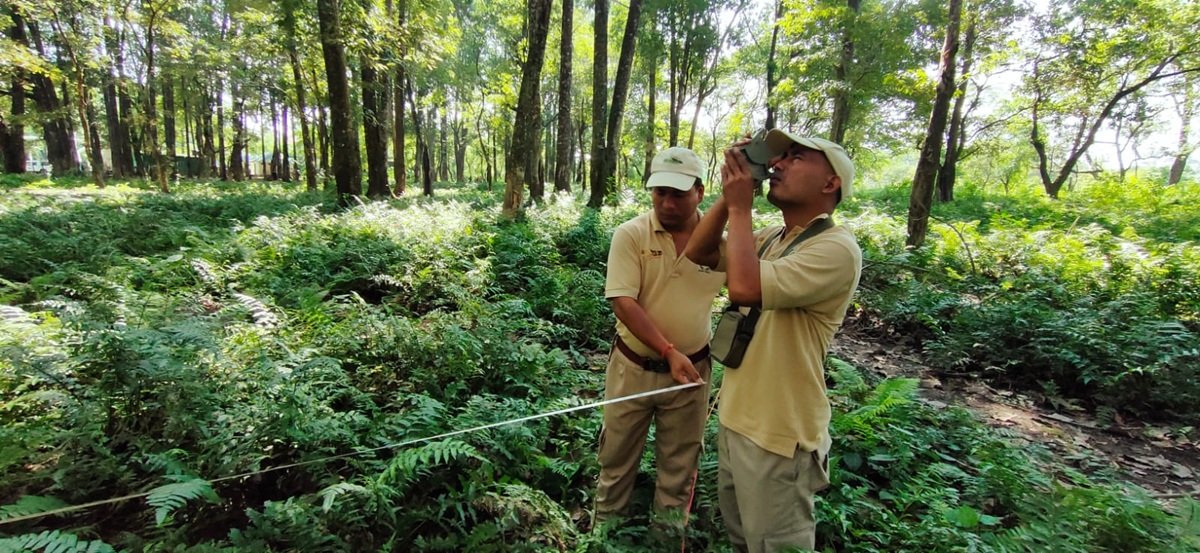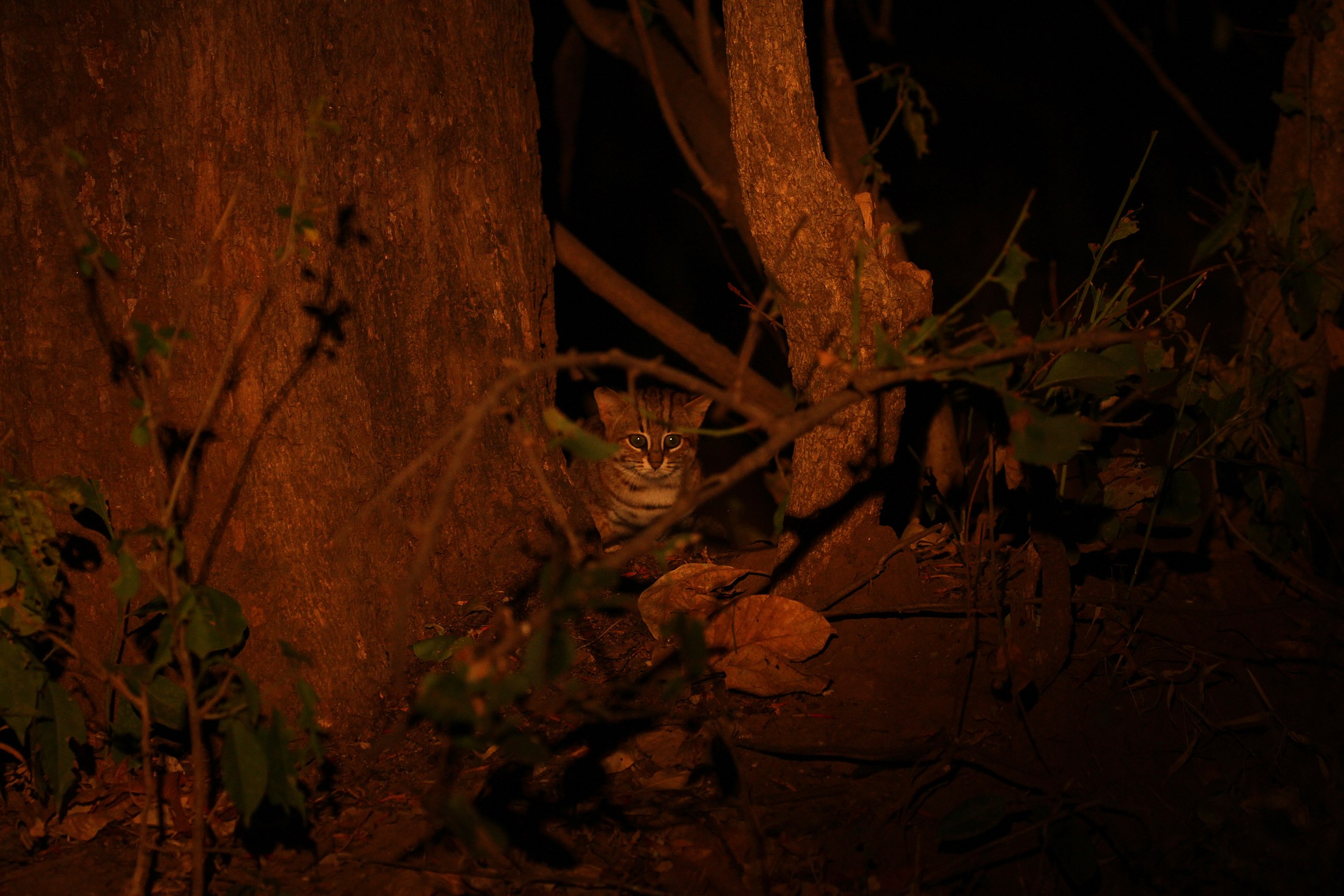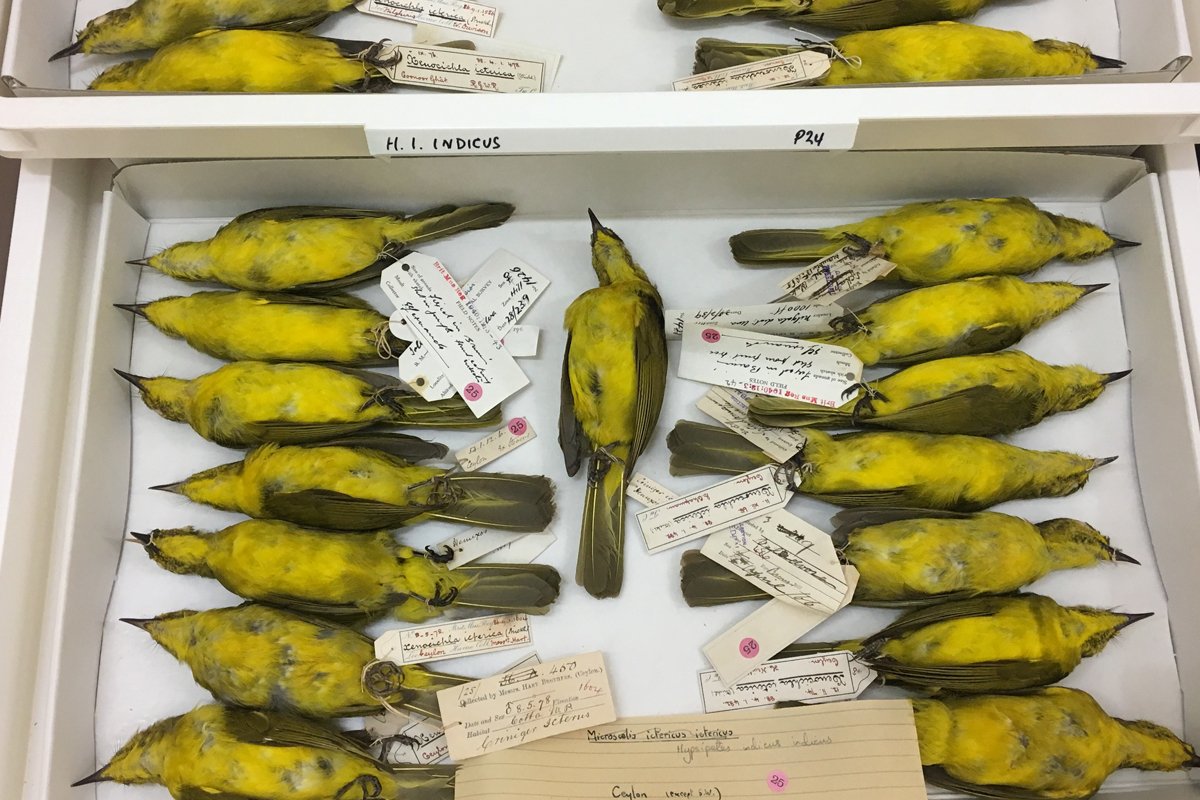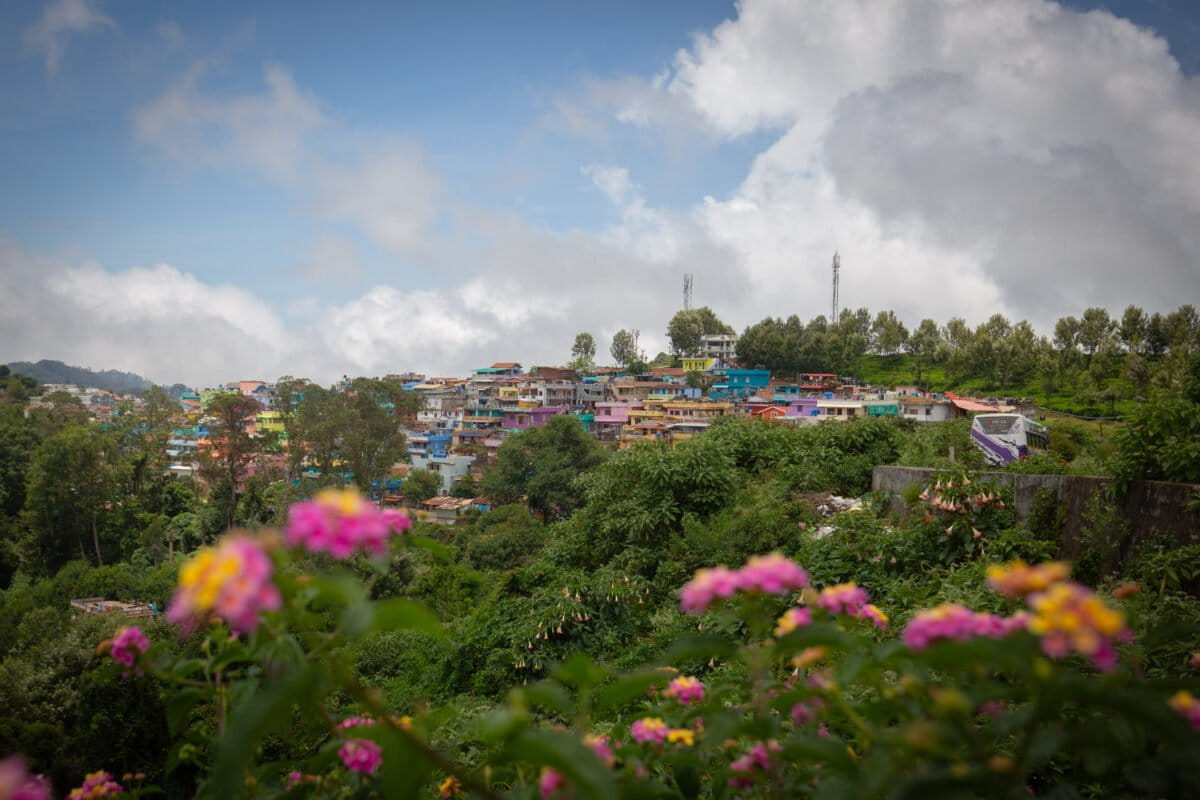
- A community-led, decentralised conservation effort in neglected Open Natural Ecosystems is taking shape in Pune district in Maharashtra.
- The Wildlife Watcher initiative trains and equips local residents to monitor and report wildlife activity using a custom app and basic field tools, contributing real-time, credible data and fostering a sense of stewardship rooted in lived experience.
- While the early success shows promise for replication across other districts, its long-term impact depends on building enduring community engagement, not short-term funding.
- The views in this commentary are that of the author.
In the pristine grasslands and scrublands of Pune district’s unprotected landscape, where Indian grey wolves, striped hyenas, leopards, and a multitude of other mammals roam, an innovative conservation effort is taking root. Over the past few months, more than 40 local community members — now known as Wildlife Watchers — have reported over 350 credible wildlife sightings and incidents. Their observations are helping bridge a crucial gap between NGOs, researchers, wildlife managers, and the habitats they strive to protect.
India is among the world’s most biodiverse countries, home to iconic megafauna such as tigers, elephants, Asiatic lions, and one-horned rhinoceroses — each with a compelling conservation story. Yet beyond these charismatic species lies a vast diversity of lesser-known wildlife, many of which face critical conservation challenges.
Pune demonstrates coexistence
In Pune, three large carnivores — Indian grey wolves, striped hyenas, and leopards — roam the surrounding human-dominated landscapes. This makes it a critical site for demonstrating that coexistence is possible and offers a unique setting to pilot innovative conservation models alongside the growth of a typical metropolitan city.
India’s ecological wealth extends far beyond its forests. Open Natural Ecosystems (ONEs), including grasslands, scrublands, deserts, wetlands, and mangroves, harbour unique and highly adapted species such as the Indian wolf, striped hyena, blackbuck, and the critically endangered great Indian bustard. Yet these landscapes remain poorly understood and grossly underrepresented in conservation policies.

The country’s savannah grasslands and dry scrub habitats are among its most misunderstood and neglected ecosystems. Often misclassified as “wastelands” or “degraded forests,” they are in fact ancient, biodiverse, and ecologically vital. Long-standing perceptions and policy gaps have left them vulnerable to urbanisation, infrastructure expansion, and shifting land use. Large portions of India’s grasslands have disappeared in the past decade, placing immense pressure on species that depend on them.
Species like the Indian grey wolf, striped hyena, and chinkara that are specially adapted to these open habitats are rarely included in mainstream monitoring, rendering both the species and their ecosystems largely invisible in conservation planning.
This is further compounded by limited institutional capacity, as government agencies often lack the specialised mechanisms and field personnel to effectively manage these habitats. Yet, more than half of India’s wildlife continues to survive outside protected areas, in multi-use landscapes shared with people.
To secure India’s biodiversity, conservation efforts must be expanded to include these overlooked ecosystems. These marginal yet vital landscapes can serve as models for decentralised conservation, climate resilience, and sustainable rural livelihoods.
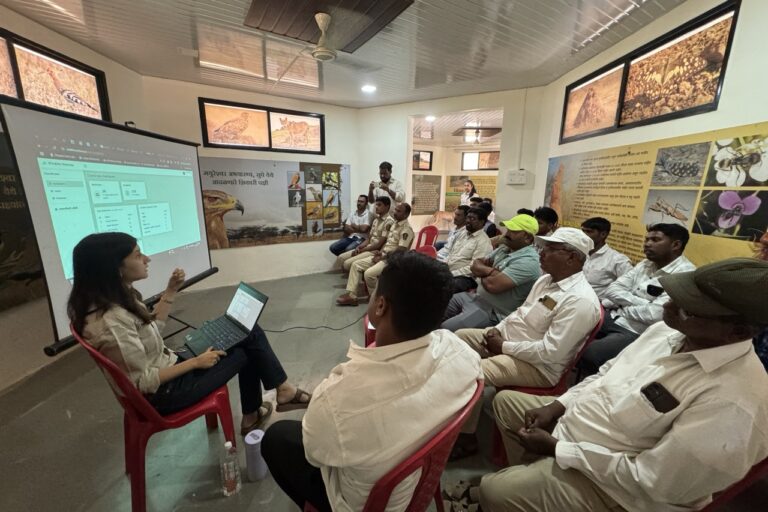
Empowering local eyes and ears
To address policy and awareness gaps, The Grasslands Trust launched a simple but powerful initiative: empowering local residents, many of whom use these landscapes daily, as active Wildlife Watchers. Each volunteer receives a basic field kit comprising a sack, shirt, cap, water bottle, torch, and an easy-to-use field guide to support their work. Observations are reported through a custom Wildlife Watcher app, offering a cost-effective, non-invasive alternative to technologies like radio-collaring. Verified reports are rewarded with enhanced tools such as binoculars, smartphones, or camera traps, while consistent contributors may receive modest stipends in recognition of their role as frontline stewards.
This is about trust, dignity, and shared purpose. We’re not just collecting data — we’re nurturing a community that takes pride in protecting what they have known all their lives.
The Wildlife Watcher model challenges top-down conservation by placing trust in the lived experiences of local communities, making conservation more grounded, adaptive, and ultimately more sustainable. It also offers a scalable approach for India’s vast non-protected landscapes.
Rooted in local knowledge, the programme is built on collaboration, mutual respect, and co-creation. It focuses on empowering communities, learning from their experiences, and building conservation efforts with them — not for them. After all, it is they who share space with wildlife, witness daily interactions, and are most directly affected by changes in the landscape.
This approach not only decentralises conservation but also fosters collaborative stewardship. Many Wildlife Watchers are herders, farmers, or long-time residents — people who intuitively read tracks, recognise animal calls, and observe the subtle rhythms of the land that outsiders might easily overlook. For many, participating in the programme nurtures a deep sense of pride and ownership, positioning them as the first line of protection for the wildlife they share their land with.
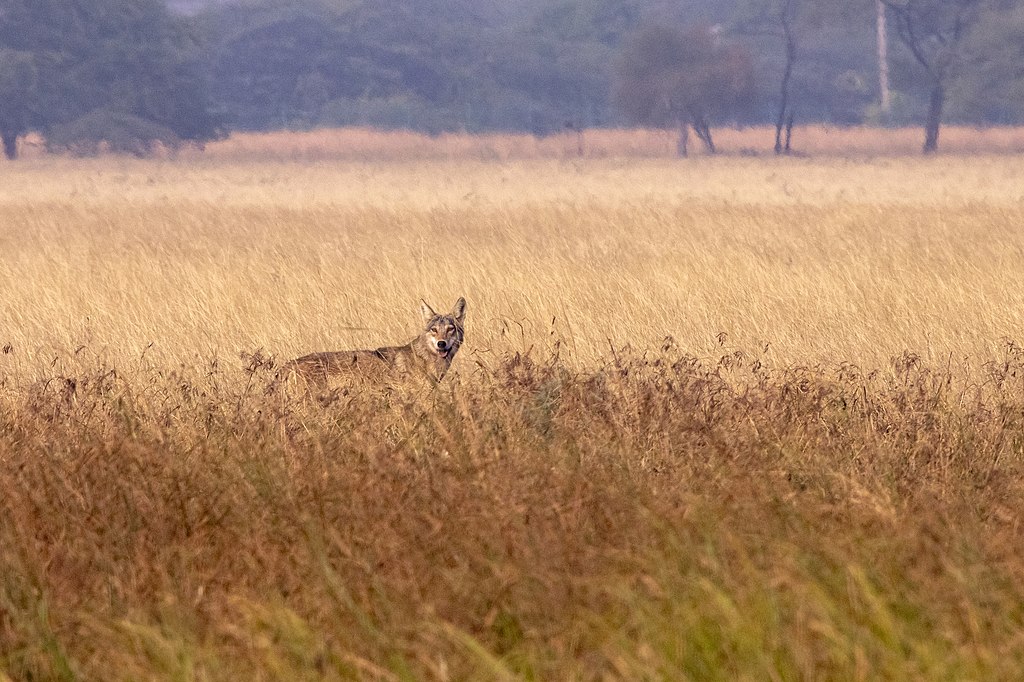
Taking strides forward
Launched only a few months ago in key wildlife movement areas around Pune — including Saswad and Morgaon in the greater Purandar landscape — the programme is already showing promising results. Around 40 active watchers are now engaged across multiple villages, having submitted over 350 verified reports covering sightings and interactions involving more than 60 species of mammals, birds, and reptiles. Over 30 of these have translated into actionable conservation responses, including alerts to the forest department, tracking poaching incidents, and confirming breeding activity of elusive species.
Some watchers have begun documenting animal behaviour and identifying individuals by their markings. This is a sign that they are evolving into skilled naturalists. Trained in scientific methods of data collection, they are becoming reliable contributors to conservation efforts.
The team aims to expand the programme to other districts and habitats, especially in under-monitored Open Natural Ecosystems across the state. But sustainability remains key. This is not about arriving with a grant and leaving but about nurturing a community of practice that endures long after the project ends.
With its blend of humility, science, and local wisdom, the Wildlife Watcher model offers a hopeful path forward—not just for wildlife, but for the people who live alongside them.
Mihir Godbole is the founder and Prerana Sethiya is the head of strategy and partnerships at The Grasslands Trust, an organisation that aims to conserve wildlife in grassland and scrubland habitats.
Read more: Where are the birds of the shrinking grasslands of Maharashtra?
Banner image: The team aims to expand the Wildlife Watchers programme beyond Pune to other districts and habitats. Image courtesy of The Grasslands Trust.






